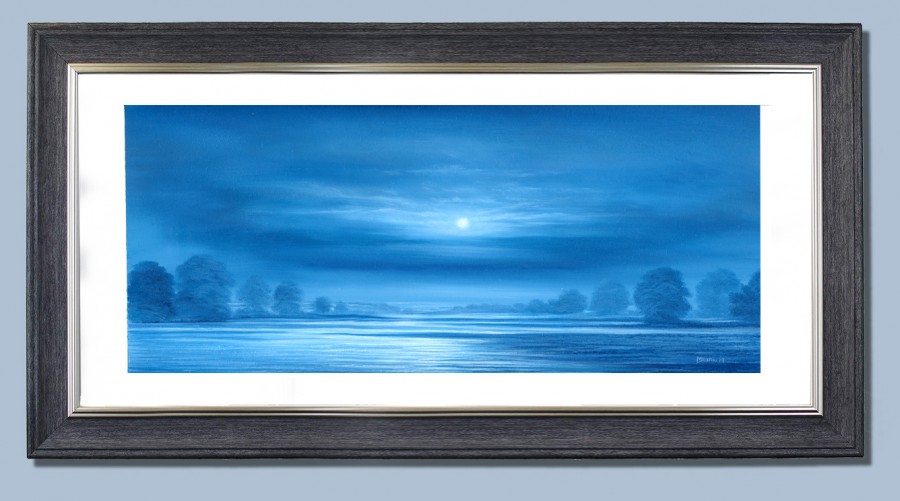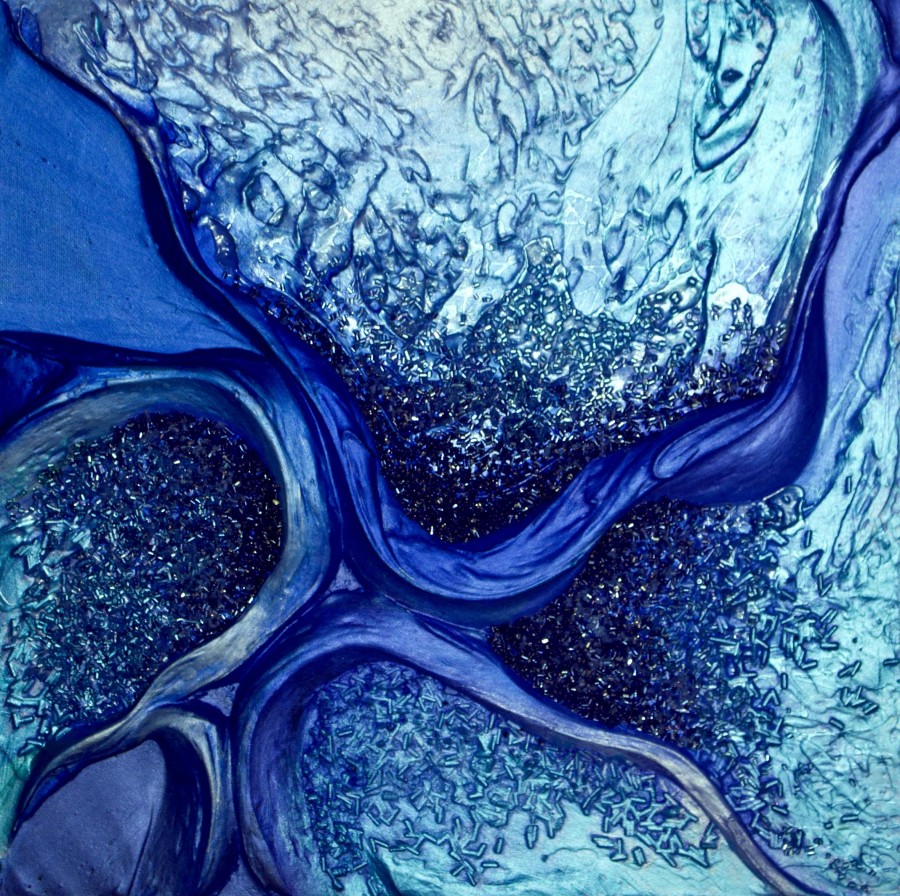Oil painting is the process of painting with pigment which is bound by oil, such as linseed, poppy, walnut and safflower oil. It is a very traditional technique and depending on the oil that is used in the paint by the artist, a range of effects and finishes can be created. At Art2Arst we have huge respect for the medium, and those who make use of it so well, as we stock hundreds of oil paintings for sale, available to buy online. Here we have rounded up a few of the main techniques used by artists when approaching the oil painting medium. Which is your favourite technique?
The Value of Brush Strokes
Oil paint takes a long time to dry fully, which is why it is favoured by many artists as they can edit or add to the painting long after they have finished creating it. Because of this property of the paint, and the thickness that results after many layers have been built up, a common technique is to create texture through embracing the value of the brush strokes. Roberto Ponte with his painting ‘Morning Coffee’ is a great example of this, using bold lines to suggest a woman sitting at her table, creating a canvas that is tactile to the touch. ‘Into the Storm’ by Casimira Mostyn also makes use of harsh brush strokes to represent the movement in the rainstorm that is depicted in the painting.
Chiaroscuro
This is a very traditional oil painting technique and can be translated from Italian to English as ‘Light-Dark’. Put simply, it uses strong contrasts between light and dark as a main factor when creating the composition of a painting, and can be used to create a sense of volume when painting three-dimensional figures and objects. The mountainous forms in ‘Winter Mountain River’ by Lukasz Dziedzic are given life by using this technique, where Richard Young uses Chiaroscuro to add drama to his series of dancers in ‘Flamenco Performance’, ‘Sultry Dancer’ and ‘Refined Grace’. ‘Nude After Bathing’ by Kathryn Dalziel also shows a more traditional use of the light-dark technique.
Intense Colour
The pigments in oil paint can create a much more intense colour than other methods of applying paint, and they can even create a vibrant, almost three-dimensional animated cartoon look. Elena Kourenkova produces work using oil paints that are saturated in colour, with clever use of shading to make them seem hyper-real, as seen in ‘I Who Hold all the Aces’ and ‘Miss Tulip Chooses her Ice Cream’. The scenes created by Julie Everett also make use of the rich blend of colour that can be crafted by using oil paint by diluting and layering, as shown in ‘Lilac Twilight’.




